Black specks in my water?

We had this problem years ago and I can't remember what we did to correct it. Is this related to a bad/disintegrating part of my hot water heater, or do I just need to flush out my hot water heater? The house is about 9 years old but we were the first owners and have lived here for 8. Or is this something else? I'm hoping it won't require a plumber's help. Thanks!!
Related Discussions
How to get rid of mice?
We seem to have some unwelcome Mickeys and Minnies in our house. What is the best way to get rid of them?
How to remove popcorn ceiling with asbestos?
I want to remove my popcorn ceiling, but it has asbestos in it. How do I go about this safely?
How to caulk baseboard gaps?
How do I fill gaps at baseboard, should I caulk? If so, does anyone know how to caulk baseboards?
How to fix squeaky hardwood floors?
How do I fix squeaky hardwood floors?
I have ruined my copper sink! Please help!
I'm hoping to save my copper sink, but I am afraid I have totally ruined it. I need some suggestions on how to save it! What can I spray it with, or where can I fin... See more
Black stuff in home water supply.
This black oily or paraffin type stuff sometimes comes through my hot water line in the second story. Have talked to the water company. They say it isn't them or th... See more

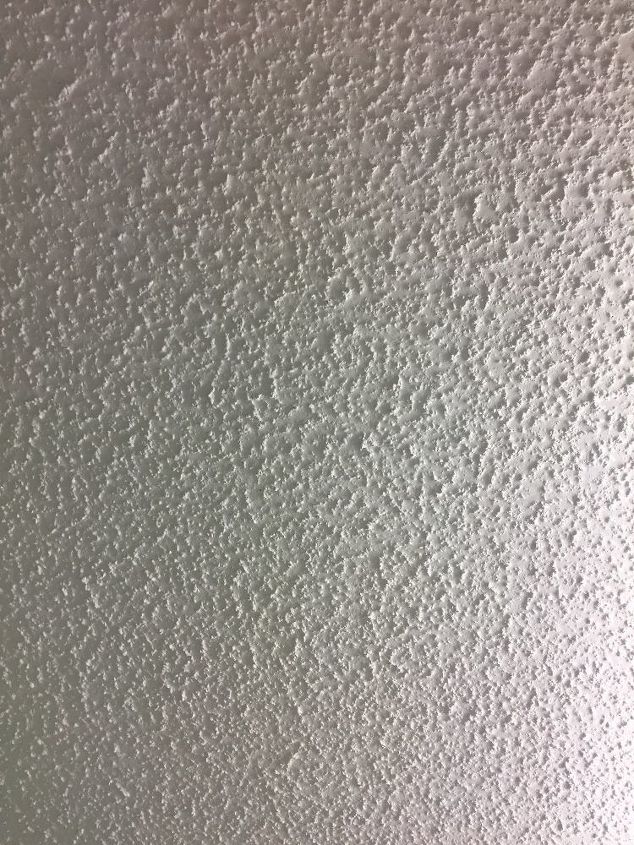
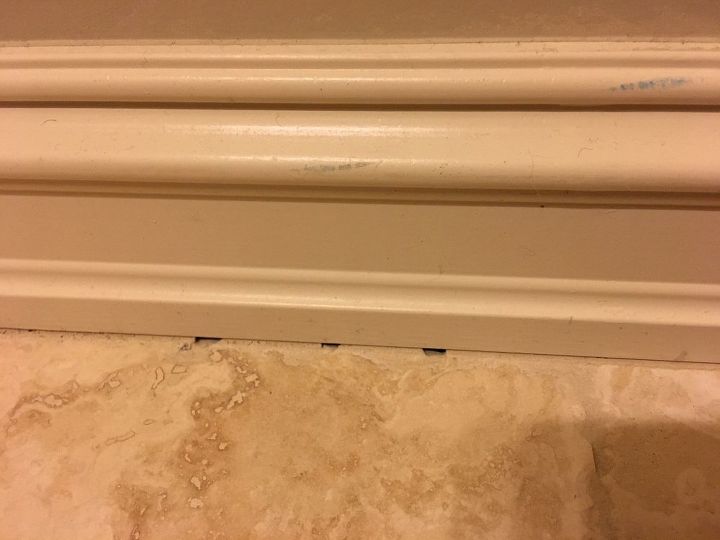
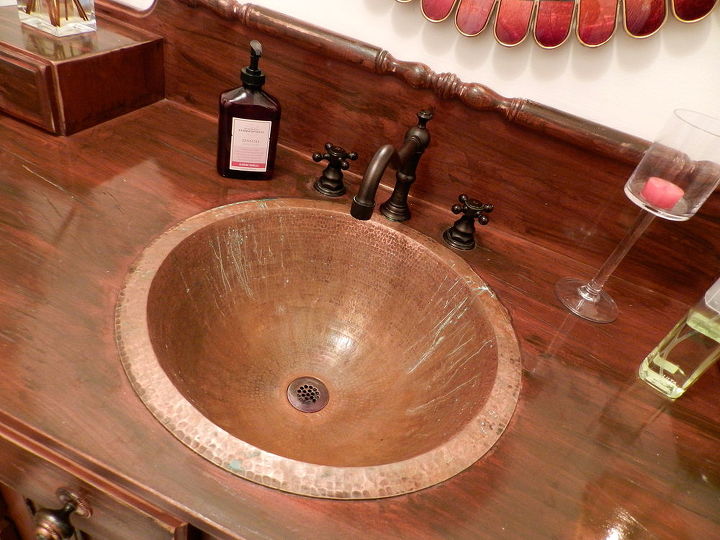
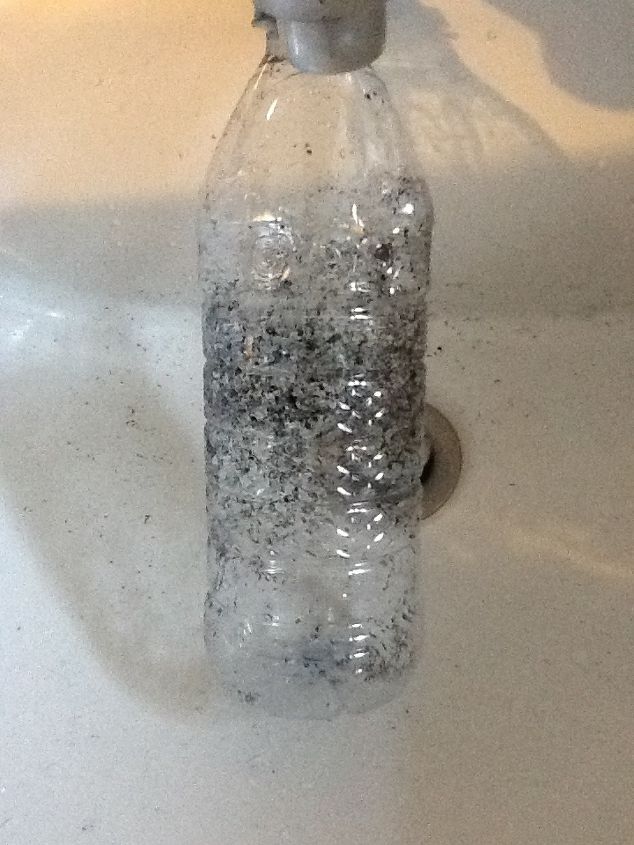
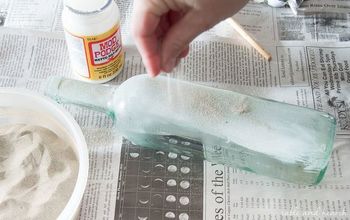
WHAT WAS THE SOLUTION? I have the same issue. Black stuff coming out of the faucet and it smears like graphite. Seems to be the hot water and most prevalent in one bathtub (or maybe just do not see it in other faucets as they are not tubs). The natural gas hot water tank is fairly new, installed less than 2 years ago. The black stuff is frustrating to clean up and it makes us not want to use the bath tub. Showers only.
Holly, Did you find an answerthat solved the problem? Jim
When I was researching a similar problem, I found this site, and it really helped me. I joined just so that I could share my experience here now that my problem is solved.
I had a Hansgrohe pull-down kitchen faucet, and I started noticing small black particles in the water about 5 years after installation. The particles would smear if I rubbed them between my fingers, and the most particles would appear when I ran the water stronger or at maximum flow. If I ran the water very weakly, there were very few, if any, particles. I found that the problem was caused by completely deteriorating water supply lines (for hot and cold water). In my case, the problem was mostly the cold water hose, but the hot water hose also had signs of deterioration. The internal surfaces of the black rubber hoses (inside the exterior metal braiding) were completely deteriorating. The problem I had was identical to the problem shown in this video:
https://www.youtube.com/watch?v=3eoi74wsD-o
...except in my case, the water supply lines were supplied by Hansgrohe and came attached to their faucet.
I had called Hansgrohe, and they refused to even acknowledge that the problem could be caused by their water supply lines or any part of their faucet. They tried to tell me that the problem was my water shut-off valves (under the faucet), and I would have to replace them. However, after uninstalling my Hansgrohe faucet and examining the water supply lines, I found that it was indeed the water supply lines that were deteriorating (not the shut-off valves). To fix the problem, I ended up replacing my faucet with a Kohler one because I liked that their water supply lines were easier to obtain and easy-to-replace if the same issue happened in the future. Note that I did *not* replace my water shut-off valves.
I feel that the external operation of the Hansgrohe was better in that the handle and high arch movement from side-to-side were very smooth. Also the Hansgrohe faucet body is brass, whereas the Kohler is an unknown metal coated with a stainless finish. But in terms of finding replacement Hansgrohe parts on common places such as Amazon or Home Depot/Lowes, they were hard to find and expensive because they were foreign-sourced. Also, the Hansgrohe water supply lines were integrated into the threaded shank of the faucet and much harder to replace. Whereas the Kohler supply line connections are completely visible (outside of the threaded shank) and easy-to-replace. I might have to replace a Kohler faucet valve or supply line in the future, but at least those parts are easy to find. The Hansgrohe supply line was 4 times the cost of the Kohler one, and there was no guarantee that a new supply line would fix the issue or prevent the problem from happening again in the future because Hansgrohe would *not* admit to the problem. Thus I had no idea if they had fixed the rubber formulation of their supply line hose in the past 5 years or not. Kohler's warranty customer service is much better than Hansgrohe's, and I felt I would much prefer contacting Kohler, if necessary, in the future.
it been a few years since your reply but I wanted to respond to let others know that we have the same problem and it’s not the water heater. We replaced ours several weeks ago and the black sediment is still coming out of the hot water faucets. We were told to remove a rod to see if that would help. It did for a few weeks but at the same time there was a horrific rotten egg gas odor. I could barely breathe! The black stuff came back so we put the rod back in. We’re on a well system too. I’m a city girl who just moved to the countryside and I’m totally freaking out! What gives?!!!
Here is what I found! https://www.pinterest.com/pin/350436414758587947/
After 5 years of suffering the same problem it is the bladder in the expansion tank caused by chlorine disintegration of the rubber. It comes through the cold water supply and comes out confusingly in both taps (hot and cold).
It has taken me 6 years to find this out myself after my National water suppliers in the Unitd Kingdom ( United Utilities) failed to address the issue.
Tests were done and the chlorine in the water was found to be excessive. Long term use nearly had an exploding vessel on my hands. The findings once open if the expansion tank and the damage to the bladder was extensive.
I hope this finally helps you. Failing that the chlorine has also degraded the flexible rubber pipes to your taps and the seating rubber in your toilets. This can be seen in the facet and it slowly shrinks the size of the seal by erosion.
Check the flexible pipes or you will be looking at extensive flooding when they burst without warning.
James jamieson. Carlisle.
United Kingdom.
Had black specks in bath water from hot side only from a Grohe fixture. Solved this problem by replacing the internal valve for the hot water side handle.
The old valve was 21 years old.